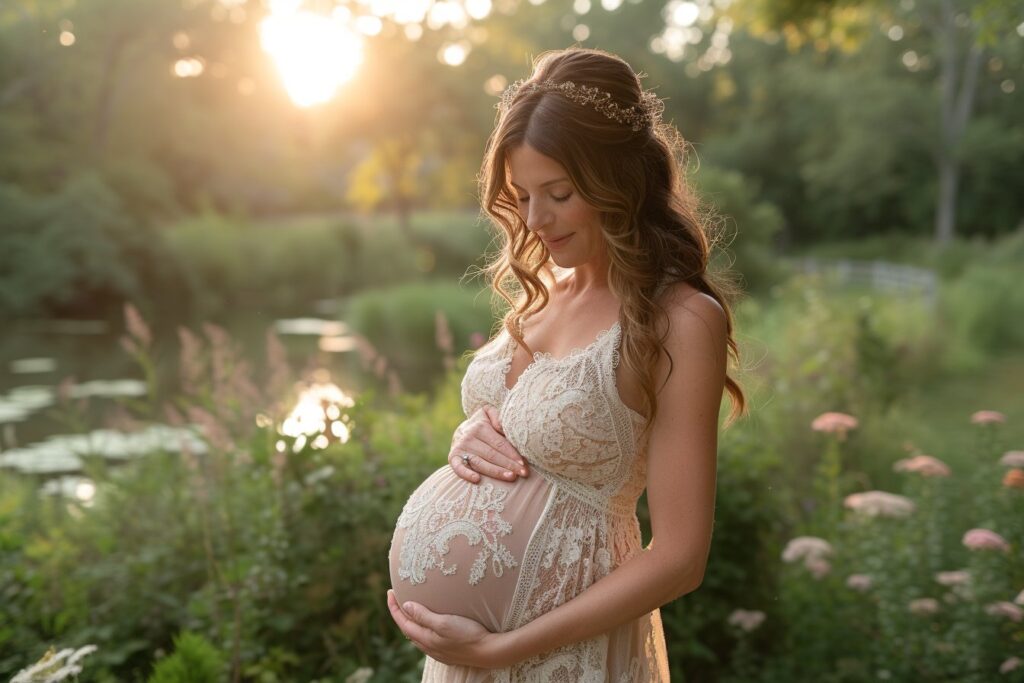The Importance of Braxton Hicks Contractions
While they may be considered a natural part of pregnancy, Braxton Hicks contractions are often misunderstood by expectant mothers. These contractions can serve as a vital ally in preparing the body for upcoming childbirth, but it is crucial to remember that they should not be confused with labor contractions. In this article, we will explore their importance and useful tips on how to differentiate them from labor contractions.
Uterus Preparation
One of the primary functions of Braxton Hicks contractions is to prepare the uterus for childbirth. These contractions work to strengthen uterine muscles and promote blood flow in that area of the body, which plays a significant role in ensuring a successful delivery.
Baby Positioning
Another essential function of these contractions is assisting in the adjustment of the baby’s position within the uterus. By doing so, they can facilitate the movement of the baby towards a more favorable position for delivery, typically head down.
Cervix Stimulation
While Braxton Hicks contractions do not directly cause cervical dilation, they contribute significantly to its softening and preparation for labor and upcoming childbirth. This process is vital for ensuring a smoother and less painful delivery.
Mental Preparation
For expectant mothers, experiencing Braxton Hicks contractions can be a way to anticipate and mentally prepare themselves for childbirth, even if the contractions are not as painful as real labor contractions.
How to Differentiate Between Labor Contractions and Braxton Hicks Contractions
Distinguishing between labor contractions and Braxton Hicks contractions can sometimes be challenging, but recognizing the key differences is crucial. Here are some contrasts to help you differentiate them:
- Regularity and intensity: Labor contractions become more regular, frequent, and intense over time. They often establish a pattern characterized by increased regularity, longer duration, stronger intensity, and shorter intervals.
- Location of pain: Labor contractions typically start in the lower back or kidney area before spreading forward, whereas Braxton Hicks contractions are generally felt higher up in the abdomen.
- Persistence: Labor contractions do not disappear but become more frequent even after changing positions or walking or taking a warm bath. In contrast, Braxton Hicks contractions may vanish or decrease in intensity with rest or a change in activity.
- Other signs: Labor contractions are often accompanied by other signs such as mucus discharge (bloody show) or rupture of membranes (water breaking).
- Duration and progression: Labor contractions tend to last longer than Braxton Hicks contractions and steadily increase in intensity and frequency.
When to Go to the Maternity Ward
If a pregnancy is not full-term and contractions become regular, it is advised to go to the maternity ward promptly. For full-term pregnancies, it is recommended that expectant mothers make their way to the maternity ward once contractions become regular, intense, and close together, or if any other childbirth-related signs occur. Some general suggestions for when to visit the maternity ward include:
- Frequency of contractions: If contractions have been regular for at least 1 hour, occurring every 5-10 minutes and lasting more than 30 seconds, it is time to visit the maternity ward.
- Intensity: When contractions become more intense and painful, reaching a point where they require significant concentration to endure.
- Heavy bleeding: If heavy bleeding occurs, it’s crucial to visit the maternity ward quickly.
- Rupture of membranes: If your water breaks, even if you do not immediately feel strong contractions, it is advised to go to the maternity ward for evaluation.
- Subjective sensations: Listen to your body and instincts. It is always recommended that expectant mothers heed their intuition when deciding whether or not to go to the maternity ward.
In conclusion, understanding the differences between Braxton Hicks contractions and labor contractions play a vital role in guiding pregnant women through their pregnancies. Acknowledging these differences ensures that expectant mothers can better prepare themselves physically and mentally for childbirth and determine when to visit the maternity ward appropriately.

